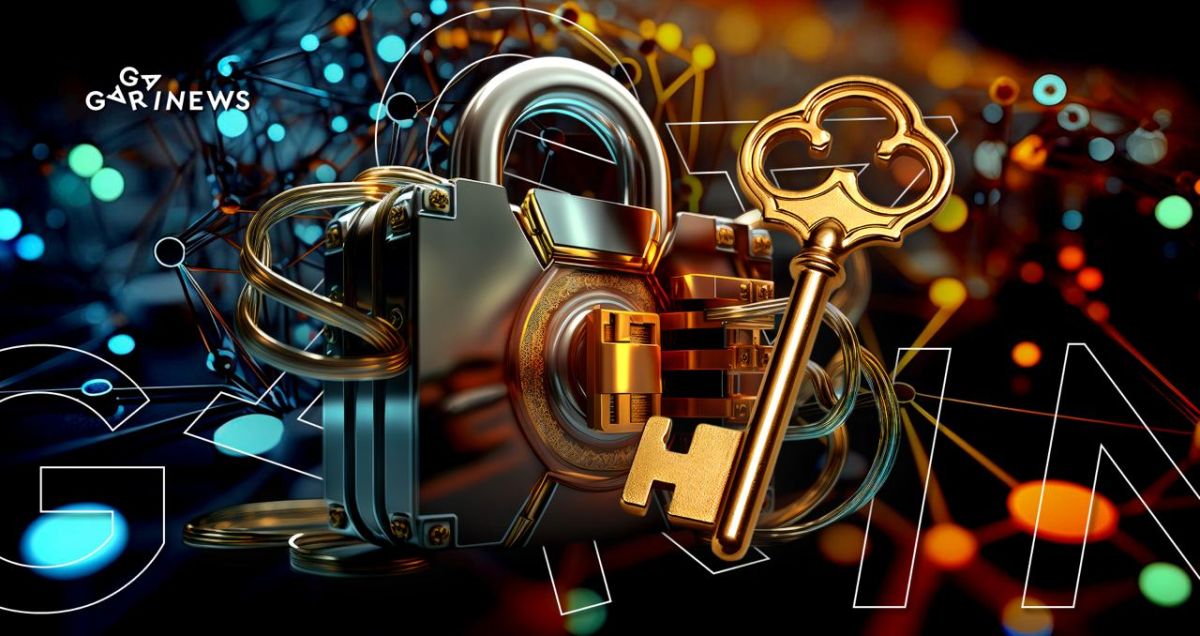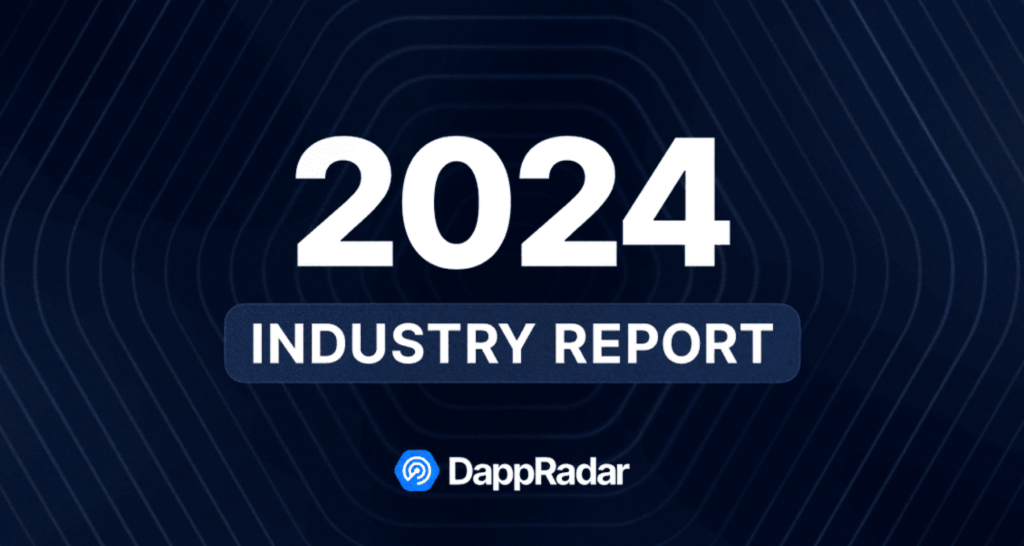Decrypt Unveils Historical Secrets With AI

Decrypt is an initiative focused on decoding the most enigmatic historical manuscripts with the aid of AI technology. The team has a vast playground to explore as libraries and archives are brimming with spy reports, diplomatic correspondences, and secret society documents that have been gathering dust for decades and centuries.
On this page
In the late sixteenth century, Mary, Queen of Scotland—commonly known as Mary Stuart—dispatched dozens of encrypted letters pleading for help. This Scottish queen was imprisoned by her cousin, Queen Elizabeth I of England, who accused Mary of conspiracy and an attempt to usurp power.
It was generally believed that these letters contained not only pleas for help and grievances about her imprisonment but also plans for a political coup by aligning England and France. However, until recently, these were only speculations. The turning point came with the arrival of the Decrypt project researchers, who claimed to have successfully broken the code.
The Decrypt Project's initial success came in 2011 when they cracked the Copiale Codex. This manuscript, penned by German occultists in the 1700s, involved initiation rituals into a secret society, such as reading encrypted notations imprinted with watermarks, which required the skill to ‘reveal' these symbols on paper.
For a considerable period, scholars were uncertain about the language of the text—whether it was German or Latin. But after identifying that the manuscript was written in German, they were able to make headway. As it turned out, Latin characters merely denoted word spacing and punctuation marks.
The accomplishments of Decrypt were made possible by specialized computer algorithms developed for pattern recognition and image analysis, combined with the researchers' intuition. This amalgamation served as a potent tool for decrypting a three-hundred-year-old cipher and translating it into contemporary language.
Medieval Europe was a seething cauldron of conspiracies, clandestine alliances, and, of course, an array of encrypted documents. However, ciphers have been around for much longer and still persist today. Decoders are hopeful that the application of artificial intelligence will resolve the challenge of their decryption.
In the long term, Decrypt aspires to develop a user-friendly tool akin to Google Translate. With its help, scanned documents, regardless of their origin or the specific cipher employed, could be translated into modern English.
For historical texts we don’t have a lot of uniform data because people wrote in different ways with different writing systems and different handwriting, We developed AI models to transcribe these systems, and that can make things more efficient,
explains Beáta Megyesi, leader of the Decrypt Project and a professor of computational linguistics at Sweden’s Uppsala University.
Still, these hurdles didn't deter a group of mathematicians, some of whom were Decrypt researchers, from breaking the cipher of the notorious and enigmatic Zodiac serial killer. In the late 1960s, the criminal utilized a highly intricate substitution method in his correspondences with the police.
Zodiac's coded letters Source: Eric Risberg/AP Photo
In this method, several symbols represented each letter simultaneously, and the killer randomly changed them while writing. The researchers devised a distinct program which, integrated with AI, noticed a recurring and systematic cipher pattern in one of the letters. It's a mystery why Zodiac made this seemingly “naive” error. However, Kevin Knight, a Professor of Computer Science at the University of Southern California, explains that this error facilitated the deciphering of the killer's code. In 2020, the team interpreted the first FBI-confirmed Zodiac message: “I hope you are having fun in trying to catch me.” To this day, neither the police nor the FBI have determined Zodiac's identity. By 2020, it is suspected that Zodiac had already died, yet the decoding of his messages continues.
Professor Knight highlighted that the evolution of code-breaking techniques allows historians to unveil secrets that have been kept hidden for a long time.
The historical significance is big,It’s been an arms race since ancient times between the codemakers and the breakers,
he observes.
Now, let's circle back to the beginning of our tale and Queen Mary Stuart's letters. Countless scientists tried to decipher the code, but the encryption was exceedingly complex. Conspirators employed an intricate homophonic cipher, where symbols replaced letters. Decrypt had to design a novel, standalone computer program aided by AI to crack this cipher, and now the queen's letters are accessible to read. Perhaps this cipher has set a record, as it took an astounding 436 years to decrypt!
The content on The Coinomist is for informational purposes only and should not be interpreted as financial advice. While we strive to provide accurate and up-to-date information, we do not guarantee the accuracy, completeness, or reliability of any content. Neither we accept liability for any errors or omissions in the information provided or for any financial losses incurred as a result of relying on this information. Actions based on this content are at your own risk. Always do your own research and consult a professional. See our Terms, Privacy Policy, and Disclaimers for more details.



























